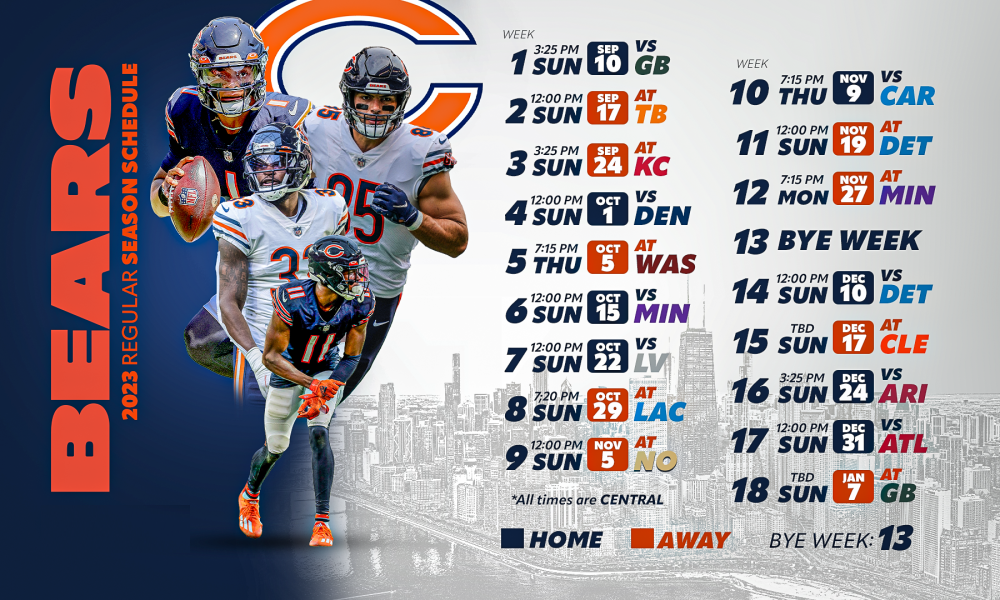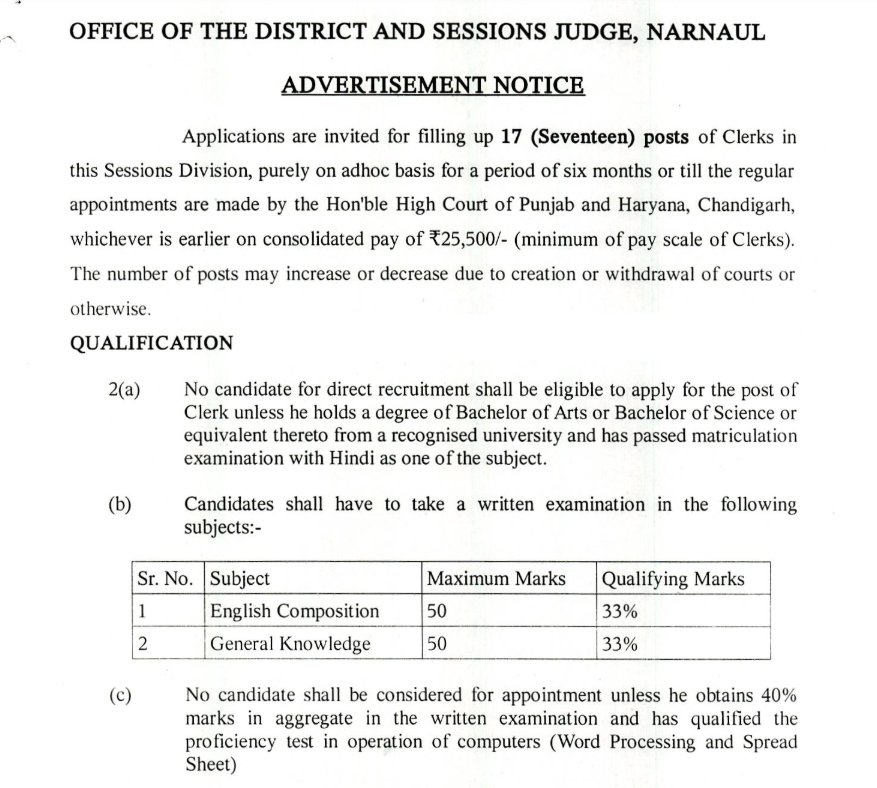Synchronous Motors PART 7

Category –EE Online Test
Telegram-Join Us On Telegram
Attempt Free Synchronous Motors PART 7 Here. Read The Important Electrical MCQ From Below.
91. In a synchronous machine in case the axis of field flux is in line with the armature flux, then
(A) the machine is working as synchronous motor
(B) the machine is working as synchronous generator
(C) the machine is said to be floating
(D) the machine will vibrate violently.
Get Answer
92. If other factors remain constant, the speed of a synchronous motor in its operating (and load) range is correctly described by which of the following ?
(A) The speed varies directly only in proportion to the number of its poles
(B) The speed is independent of the frequency of the voltage supply
(C) The speed depends on the frequency of the voltage supply and the number of its poles
(D) The speed depends on the magnitude of the voltage supply and the number of its poles.
Get Answer
Synchronous Motors PART 7
93. The induced emf in a synchronous motor working on leading pf will be
(A) equal to the supply voltage
(B) less than the supply voltage
(C) more than the supply voltage.
Get Answer
94. A synchronous machine with low value of short-circuit ratio has
(A) good speed regulation
(B) good voltage regulation
(C) higher stability limit
(D) lower stability limit.
Get Answer
95. While starting a synchronous motor by induction motor action, very high emf is induced in the field. This induced emf may damage the insulation of the field winding and of slip rings. The insulation
damage can φ be prevented by
(A) short-circuiting the field winding by field discharge resistance
(B) splitting the field winding into several sections
(C) either of (A) or (B) above
(D) none of the above.
Get Answer
Synchronous Motors PART 7
96. Synchronous motors, arc generally of
(A) induction type machines
(B) cylindrical pole type machines
(C) salient pole type machines
(D) hysteresis type machines.
Get Answer
97. In which of the following motor the stator and rotor magnetic fields rotate at the same speed
(A) Universal motor
(B) Reluctance motor
(C) Synchronous motor
(D) Induction motor.
Get Answer
98. Higher the applied voltage ……………….. will be the stator flux and ………………. will be the pull
in torque
(A) lower, greater
(B) greater, lower
(C) greater, greater
(D) lower, lower.
Get Answer
Questions 99 to 101 refer to data given below:
Synchronous Motors PART 7
An industrial plant has a load of 1500 kVA at an average power factor of 0.6 lagging.
99. Neglecting all losses, the kVA input to a synchronous condenser for an overall power factor of unity will be
(A) 300 kVA
(B) 400 kVA
(C) 600 kVA
(D) 1200 kVA.
Get Answer
100. A 750 kVA synchronous condenser is used to correct the lagging power factor of the plant. The total kVA of the plant is
(A) 503
(B) 10006
(C) 2012
(D) 4024.
Get Answer
101. The overall power factor is
(A) 0.895 lagging
(B) 0.75 lagging
(C) 0.75 leading
(D) unity.
Get Answer
102. As the load is applied on a synchronous motor, its speed does not fall. The load is now supplied by
(A) decrease in back emf
(B) change in supply voltage
(C) the stator magnetic field
(D) rotor taking new angular position slightly back of its no load position.
Get Answer
Synchronous Motors PART 7
103. The maximum power developed in a synchronous motor depends on all of the following
EXCEPT:
(A) Supply voltage
(B) Direction of rotation
(C) Rotor excitation
(D) Maximum value of coupling angle.
Get Answer
104. In a synchronous motor, on a fixed excitation when the load is doubled, the torque angle φr will become
(A) 2 φr
(B) √2 φr
(C)φr/2
(D) φr/√2
Get Answer
105. In a synchronous motor, the armature current has the highest value when excitation is
(A) zero
(B) low
(C) high
(D) high and low.
Get Answer
Synchronous Motors PART 7














